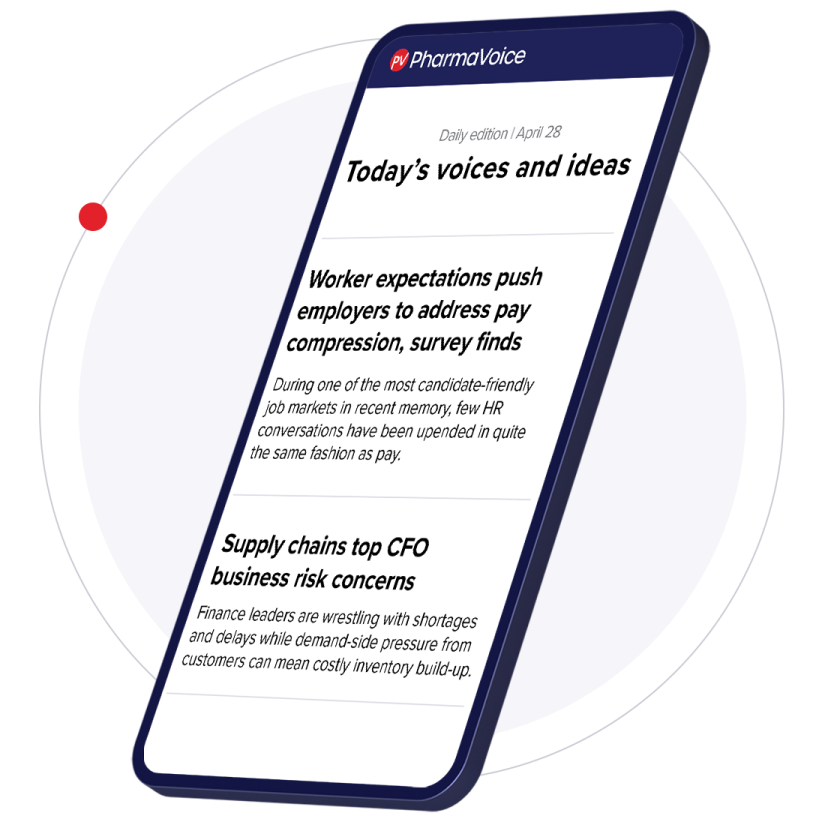Marketing Successful CME Marketing Terry Nugent, VP, Marketing CME marketing remains challenging amidst a dynamic legislative and regulatory environment. To thrive in this difficult environment, CME marketers should go back to basics and have a thorough understanding of current legislations and regulations. CME marketing remains challenging amidst a dynamic legislative and regulatory environment. How can the bedraggled CME marketer thrive in this difficult environment? Marketing 101 The first step is a back-to-basics, Marketing 101 review based on available market research. Providers have to put together the best product possible. Topic and speaker are crucial elements for success, especially in light of the abundance of opportunities physicians are being presented on a daily basis. As in real estate, location-location-location must be the marketer’s mantra. Locations must be attractive and accessible. Process matters as well. The better the planning and implementation process, the better the outcome. And start as early as possible; unforced errors are not an option. At the tactical level, a number of steps can be taken to maximize response rates and ROI: • Profile attendees of past programs. If past performance predicts future results, then identifying the characteristics of past attendees of similar programs will help pinpoint perfect prospects for upcoming programs. Age, gender, prescribing profile, specialty, type of practice, and geographic location may be significant predictors of physicians’ propensity to participate in the program. • Pinpoint perfect prospects. Use all the data available to identify the physicians most likely to attend an event. This can include specialty and type of practice; geographic location, for example distance from program location; CME preferences and past attendance; and prescribing profile. Use survey data to pinpoint perfect prospects for programs based on physician preferences as to type and topic. In addition, these data can help identify physicians who have previously participated in CME seminars/symposia. • Test different formats. In all media, test different copy and graphic approaches. In direct mail, this can involve different outer envelopes, color schemes, and sizes, to name just a few. • Use all available media. From the very start, plan to conduct integrated marketing campaigns by employing direct mail, broadcast fax, telemarketing, and e-mail, perhaps in multiple waves for each medium. It is easier to cancel unnecessary waves once objectives have been met than to plan emergency, last-ditch efforts when recruitment falls short of goals. Legislations and Regulations The next step is to have a thorough understanding of the current legislations and regulations. The U.S. Congress, the Federal Trade Commission (FTC), and the Federal Communications Commission (FCC) have been attentive to direct marketing media, particularly broadcast fax. • Telemarketing. The National Do Not Call Registry does not apply to business-to-business marketing, so providers can still call doctors at their professional phone numbers to invite them to conferences. • Fax. Congress passed the Junk Fax Prevention Act, which codifies in law the right of marketers to send commercial faxes to individuals with whom they have established a business relationship. Accordingly, the FCC stayed implementation of rules first promulgated in 2003 that would have required written permission from recipients. It is now clear that those rules will never take effect. In addition, the FCC is now considering whether federal telemarketing laws will supersede state law. The act requires marketers to obtain fax numbers either directly from the intended recipient or from a public source to which the recipient gave the number for publication. • E-mail. In 2003, Congress passed legislation known as the CAN-SPAM Act, a marketing-friendly statute, which is an opt-out rather than an opt-in law, that superseded a patchwork of state legislation. Thus e-mail has emerged as a very viable medium for CME marketing. • Direct mail. The oldest direct-marketing medium remains the safest from a regulatory standpoint, and continues to be effective. Regardless of the medium being used, it’s advisable to have legal counsel as an integral part of the CME marketing team. Marketers also need to know state laws governing e-mail and fax broadcasts, and to decide, with counsel, how to address compliance. Medical Marketing Service Inc. (MMS), Wood Dale, Ill., is a supplier of lists and direct-marketing services to the continuing medical education (CME) community, and is the original American Medical Association (AMA) Database Licensee, and an Alliance for Continuing Medical Education value vendor. For more information, visit mmslists.com. August 2005 VIEW on Medical Education
An article from


Successful CME Marketing
Filed Under:
Commercialization










